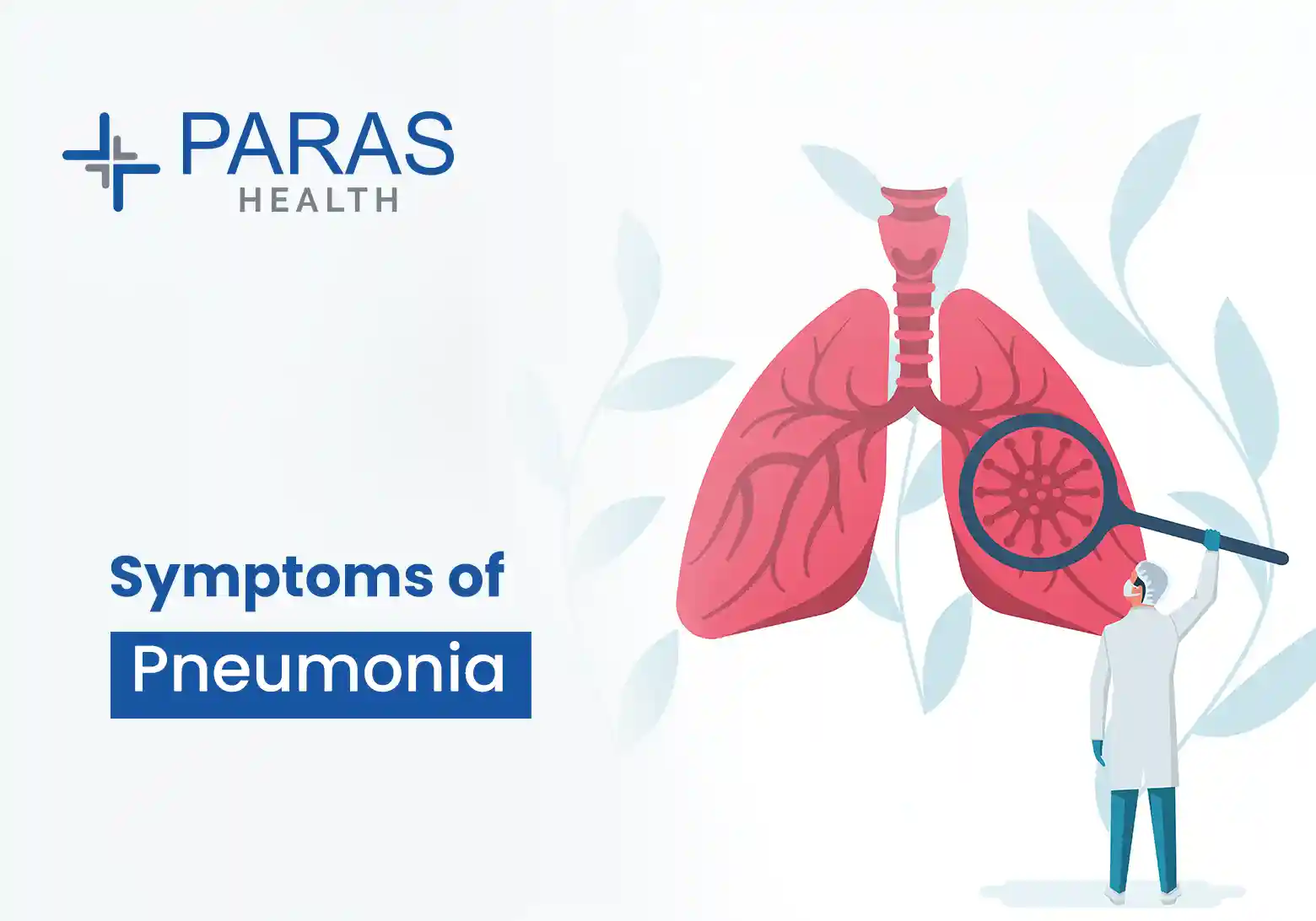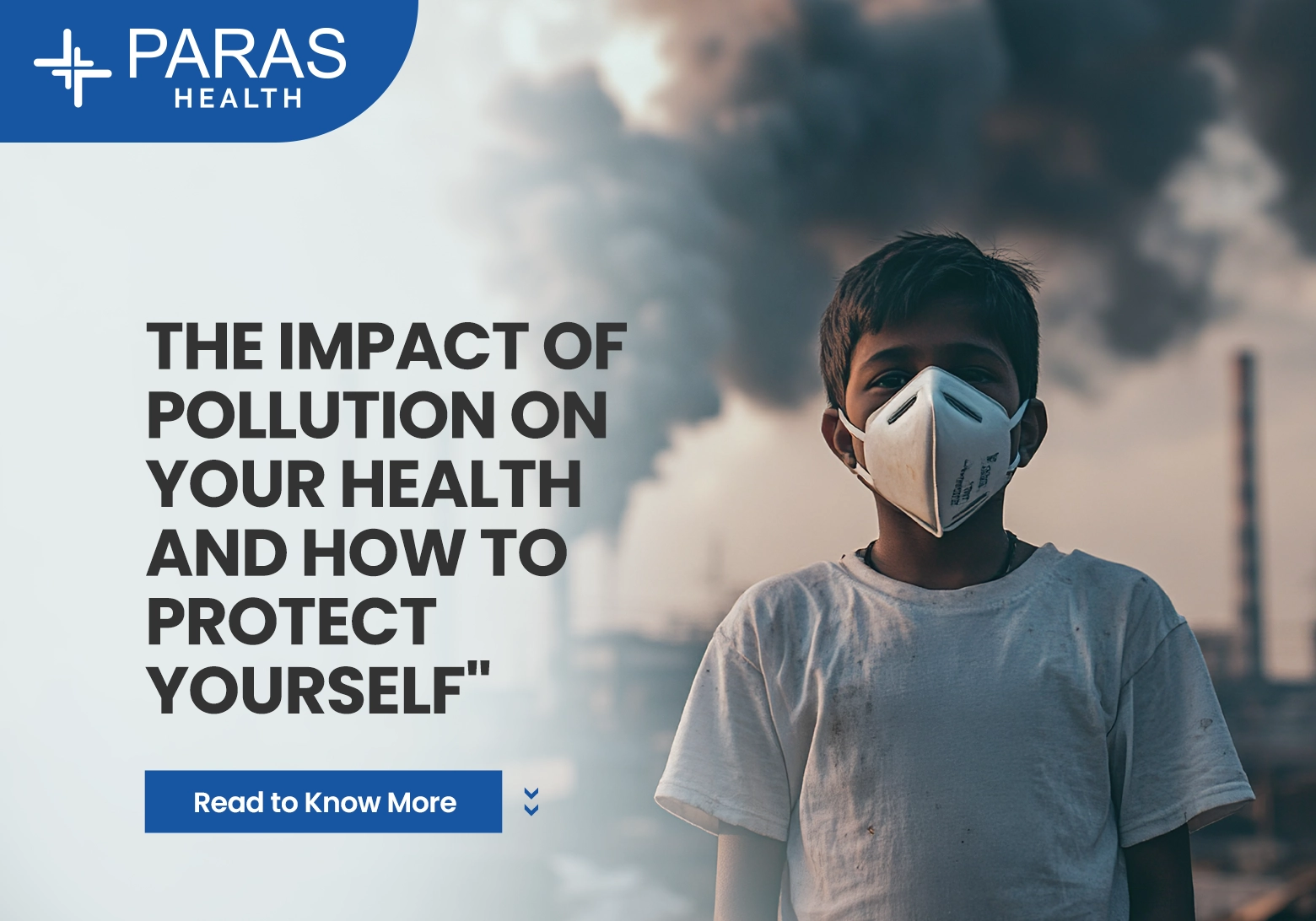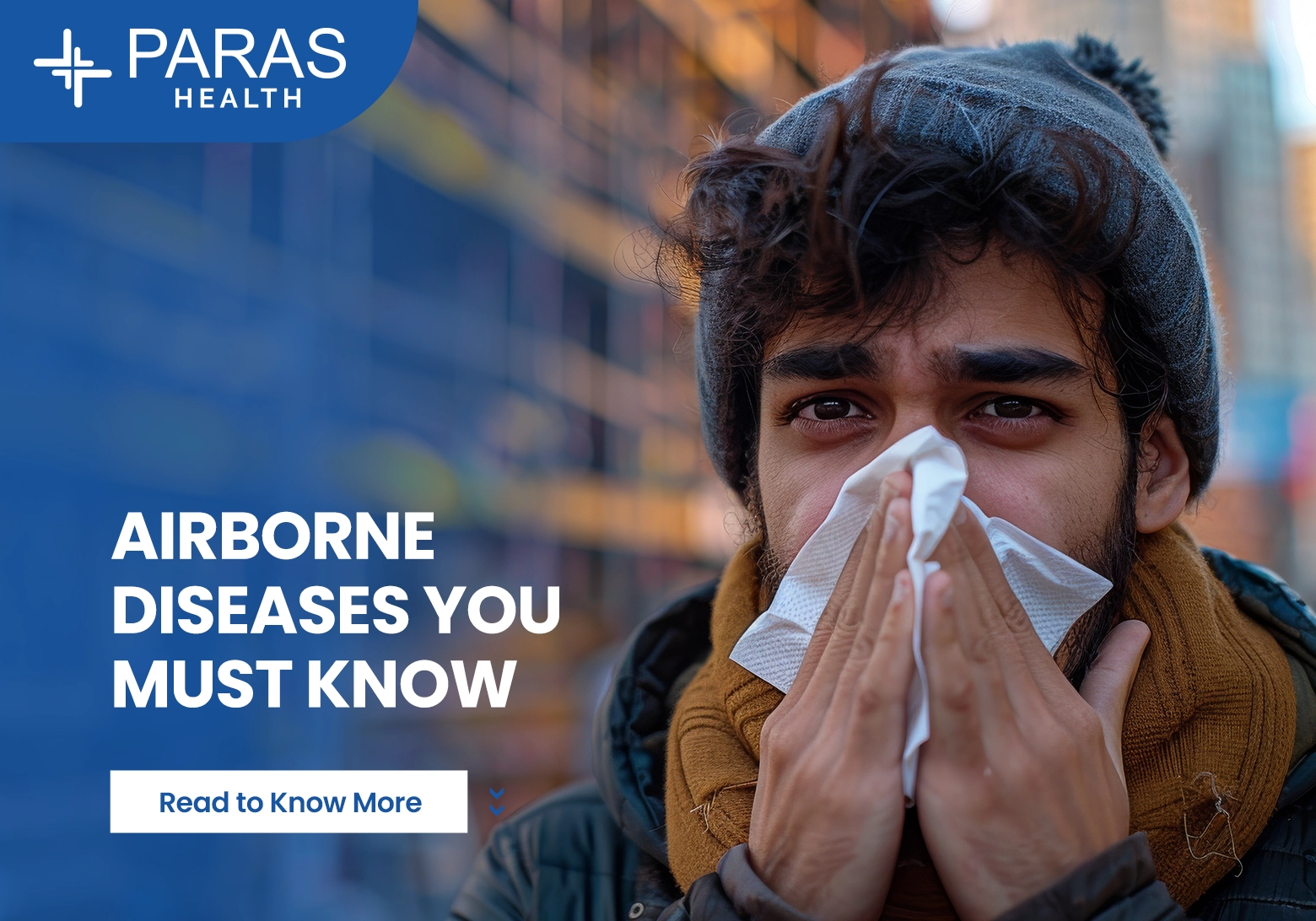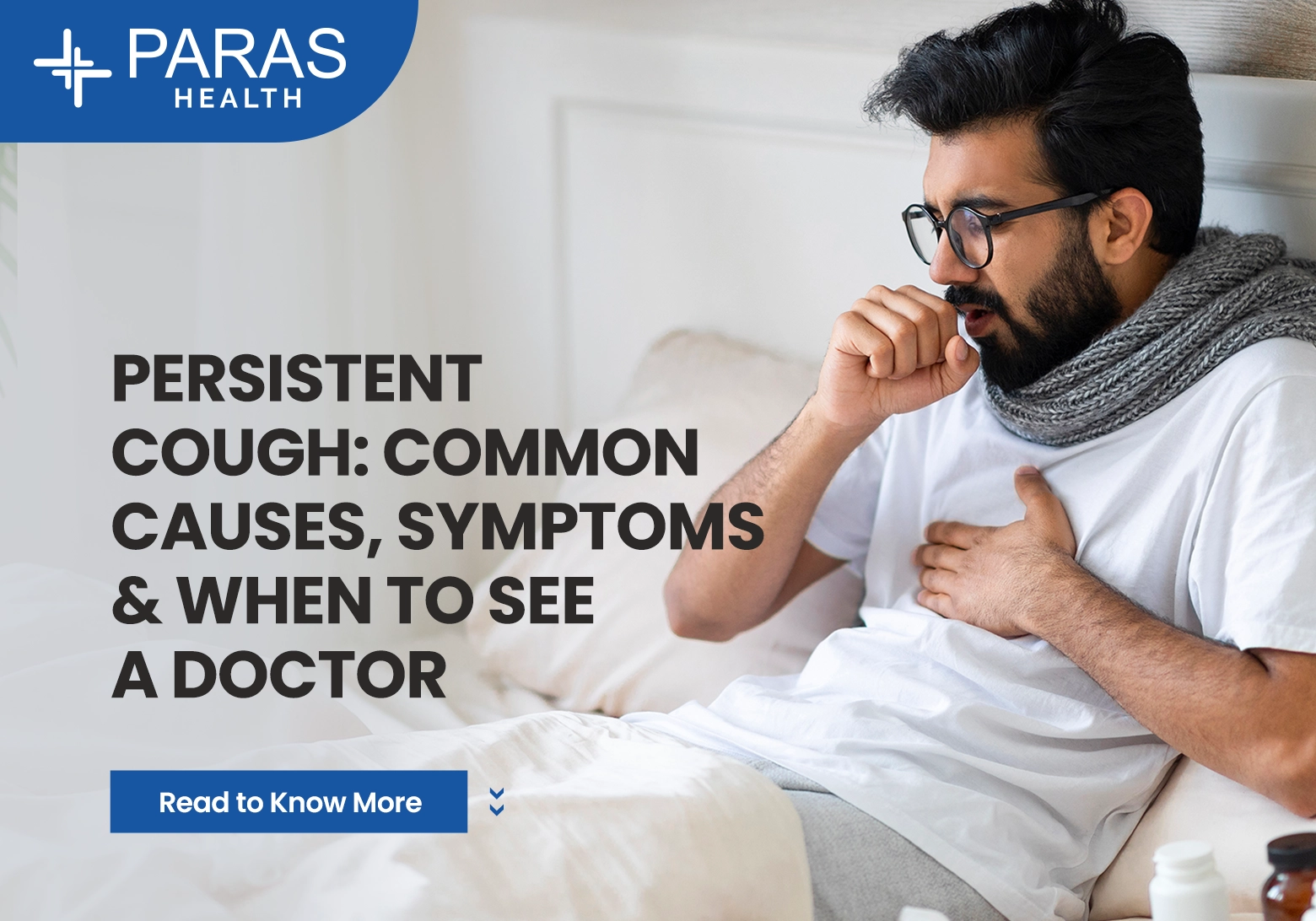Symptoms of Pneumonia: How to Recognize the Warning Signs Early
May 19, 2025
Pneumonia is a serious lung infection that can affect anyone—from toddlers to the elderly. It can develop suddenly or creep in slowly, often mistaken for a common cold or flu. But catching it early makes a big difference.
In this blog, we’ll walk you through the symptoms of pneumonia, what they feel like, when to worry, and when to see a doctor.
What Is Pneumonia?
Pneumonia is an infection that inflames the air sacs (alveoli) in one or both lungs. These sacs may fill with fluid or pus, causing symptoms like cough, fever, chills, and difficulty breathing. The infection can be caused by bacteria, viruses, or fungi, with bacterial pneumonia being the most common in adults.
Common Symptoms of Pneumonia
The symptoms of pneumonia can vary depending on the cause (bacterial or viral), age, and overall health of the person. Here are the most common signs of pneumonia:
Persistent Cough
- One of the earliest symptoms.
- May be dry or produce yellow, green, or bloody mucus (phlegm).
- A wet cough with mucus is more common in bacterial pneumonia.
Fever and Chills
- Sudden high fever (often above 101°F / 38.5°C).
- Shivering and chills that come and go.
- A low-grade fever may occur in walking pneumonia, a milder form.
Shortness of Breath
- You may feel like you can’t catch your breath, especially when walking or climbing stairs.
- Breathlessness even at rest is a red flag, particularly in elderly people or those with chronic illnesses.
Chest Pain
- Sharp or stabbing pain in the chest when coughing or taking a deep breath.
- Often confused with heart-related issues.
Fatigue and Weakness
- Tiredness that doesn’t go away even after rest.
- This is a common symptom of viral pneumonia.
Bluish Lips or Fingertips
- Due to low oxygen levels.
- A serious symptom that needs immediate medical attention.
Sweating and Rapid Breathing
- You may notice rapid, shallow breaths and excessive sweating, especially during fever spikes.
- Fast heart rate (tachycardia) is also common.
Symptoms of Pneumonia in Children
Children may show different signs than adults. Watch out for:
- Rapid or noisy breathing
- Grunting or wheezing
- Irritability or lethargy
- Poor feeding
- Bluish lips or nails
- Fever with chills
Infants and toddlers may not always have a cough but can show signs like vomiting, difficulty feeding, or lack of energy.
Pneumonia Symptoms in Elderly Adults
In older adults, symptoms can be subtle and easily overlooked:
- Confusion or disorientation
- Lower than normal body temperature
- Fatigue without obvious cause
- Weak cough or no cough at all
Because the immune response is weaker in the elderly, early signs of pneumonia may be mild but still dangerous if left untreated.
What Does Pneumonia Feel Like?
Many people describe pneumonia as feeling “like the worst flu ever.” Along with a deep chest cough, there's a sense of pressure in the chest, difficulty breathing, and complete body exhaustion. You might even feel like you’re breathing through a straw.
| Type |
Common Symptoms |
|---|---|
|
Viral Pneumonia |
Dry cough, mild fever, headache, muscle pain, fatigue |
|
Bacterial Pneumonia |
High fever, productive cough (yellow/green phlegm), chills, rapid breathing |
When to See a Doctor
Don’t ignore symptoms like:
- High fever (above 102°F)
- Difficulty breathing
- Chest pain
- Blue lips or fingertips
- Confusion, especially in older adults
- Cough lasting more than 3–5 days without improvement
These could be signs of severe pneumonia, which needs urgent medical care.
What Are the Early Signs of Pneumonia?
Catching pneumonia early can help you avoid complications. Early symptoms include:
- Dry cough
- Mild fever
- Fatigue
- Feeling short of breath while walking
- Chest discomfort
If you’re recovering from a cold or flu and start to feel worse instead of better, it could be pneumonia.
Pneumonia or Flu or COVID-19?
Some pneumonia symptoms overlap with flu and COVID-19:
- Fever
- Cough
- Body aches
- Breathlessness
But pneumonia usually involves chest pain, mucus-filled cough, and symptoms that persist or worsen. Always consult a doctor for a proper diagnosis, especially if symptoms are confusing.
Final Thoughts: Don’t Ignore the Signs
Understanding the symptoms of pneumonia can help you act quickly. Whether it’s a mild form like walking pneumonia or a more severe case needing hospitalization, early detection is key.
If you or your loved one shows any signs mentioned above, consult a doctor right away. Pneumonia is treatable, but ignoring the symptoms can lead to serious complications—especially in children, the elderly, and people with weak immune systems.
Need Expert Pneumonia Care?
At Paras Health, our experienced pulmonologists and internal medicine specialists are equipped to diagnose and treat all types of pneumonia—fast and effectively.
Book your consultation today.
📍 Visit your nearest Paras Hospital
📞 Call us at 8080808069
FAQ
What are the early symptoms of pneumonia?
Early signs of pneumonia often feel like a common cold or flu. You might start with a dry cough, mild fever, chills, and feeling very tired or weak. These symptoms (the early signs of pneumonia) are usually mild at first but tend to last longer or get worse over time compared to a typical cold or flu. For example, a simple cough and fever that don't improve after 3–5 days could be an early clue that pneumonia is developing rather than just a cold.
How can I tell the difference between pneumonia and the flu?
The flu and pneumonia share some symptoms (like fever, cough, and fatigue), but there are key differences. The flu usually hits quickly with a sudden high fever, body aches, and tiredness. Pneumonia often develops more gradually and focuses on the lungs – causing more intense respiratory symptoms such as a persistent cough (often with mucus), fast or difficult breathing, chest pain when coughing, and sometimes bluish lips or fingernails due to low oxygen. Another difference between flu and pneumonia is that flu symptoms typically improve within a week, whereas pneumonia can last longer and often requires medical treatment to get better.
What is the difference between viral and bacterial pneumonia?
Bacterial pneumonia tends to be more severe and usually makes you feel sicker than viral pneumonia. Bacterial infections in the lungs can come on suddenly – often causing a high fever (potentially up to 105 °F), chills, rapid breathing, a fast heartbeat, and a cough that brings up yellow or green mucus. Viral pneumonia, on the other hand, usually develops more slowly. Early viral pneumonia symptoms may look like the flu (fever, dry cough, headache, muscle aches), and then typically worsen over a few days with increasing cough and shortness of breath. In short, bacterial pneumonia often produces more dramatic symptoms and may require antibiotics, while viral pneumonia starts with milder flu-like signs and is treated with rest, fluids, and time.
When should I see a doctor for pneumonia symptoms?
You should see a doctor any time you suspect pneumonia, but definitely seek medical care right away if you have warning signs. These include difficulty breathing, chest pain, a high fever (above 102 °F or 39 °C), or a cough that produces thick yellow/green or bloody mucus. Also get immediate help if you notice bluish lips or fingernails or confusion, as these can be signs your body isn’t getting enough oxygen. It’s especially important for young children, older adults, or anyone with a weakened immune system to see a doctor quickly, since pneumonia can worsen rapidly in these groups.










